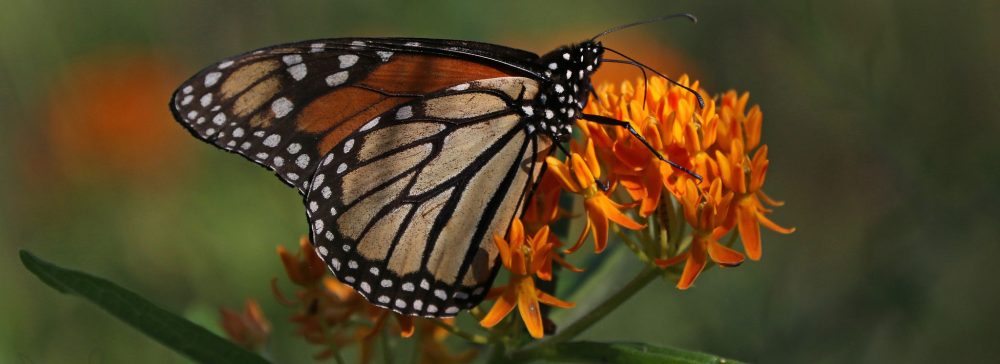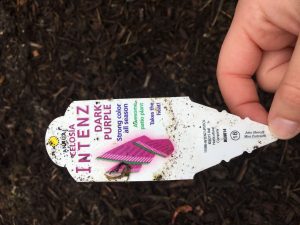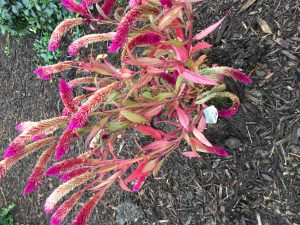Dealing w/ Pests:
Many college’s have a Integrated Pest Management Systems.
Oberlin College: “the plant is treated by correcting water deficiencies, lowering root temperatures or by mulching or pruning diseased branches. The area is examined for beneficial insects that could control the target pest. When cultural practices are in place to the best degree our resources will permit, the plant’s value is evaluated. If the plant can be replaced by a resistant variety, it is removed and replaced. Plants that are valuable are monitored. The pest is left unmolested until the injury exceeds the economic damage threshold. Past the economic damage threshold the infestation is judged to be an imminent threat to a college asset. At this point chemical controls are used.”
https://new.oberlin.edu/office/environmental-sustainability/progress/grounds.dot
Harvard:
“Aerating to reduce plant stress
Monitoring moisture because inadequate moisture levels can weaken plants and make them susceptible to pest problems.
Applying compost teas to suppress powdery mildew.
Introducing and cultivating beneficial insects which prey on destructive insects.
Manually removing infected tree and shrub branches.
Manually removing weeds.”
http://www.energyandfacilities.harvard.edu/facilities-services/landscape-maintenance/organic-maintenance-program
Seattle University:
-Use home brewed compost tea sprayed ( introduces beneficial communities of fungi, bacteria, and microscopic arthropods)
-grounds team works on maintaining the overall health of turf and fields by aeration, fertilization and watering
-control weeds before they go to seed
-coarse woodchip mulches to control weed germination in beds and gardens, and
planting dense groundcovers
http://www.paladinoandco.com/wp-content/uploads/2012/11/Pesticide-FreeCampuses.pdf
These campuses all provide alternatives and guidelines to our pesticide problem. We need to decide whether we want to lay our guidelines for IPM and just have reduced pesticide use or go full out and attempt to look more like Seattle University.
Also other great resource links and putting them here for safe keeping: http://sustainability.tufts.edu/wp-content/uploads/SustainableTurfCare.pdf
http://vsa.vassar.edu/orgs/vassargreens/2013/05/22/vassar-agrees-to-stop-spraying-toxic-24-d-pesticide/
Sustainable Landscaping


